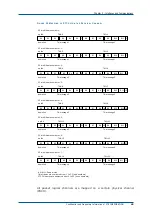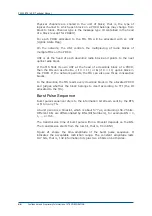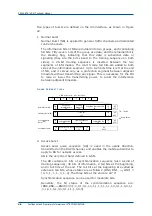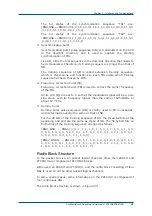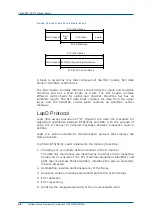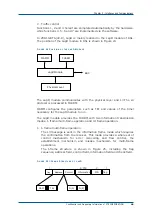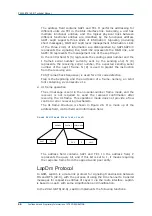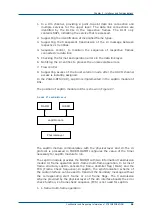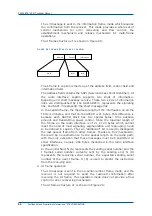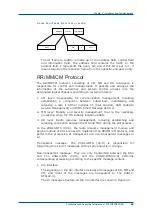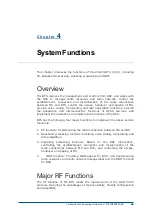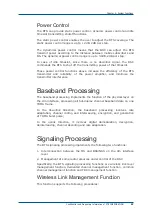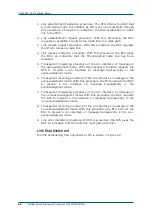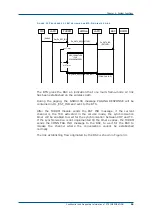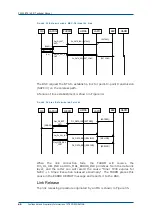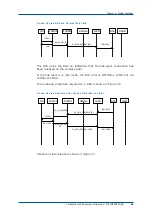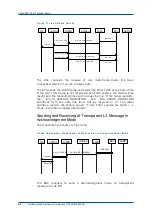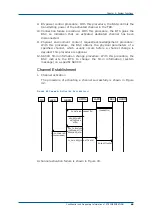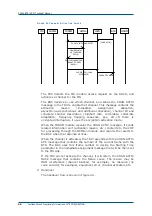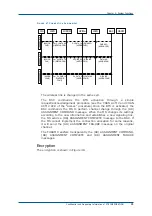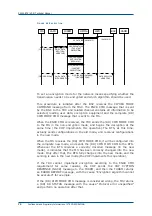
Chapter 4 - System Functions
Confidential and Proprietary Information of ZTE CORPORATION 57
Power Control
The BTS can provide static power control, dynamic power control and idle
timeslot transmitting shutoff functions.
The static power control enables the user to adjust the BTS coverage. The
static power control range is up to 12 dB, 2dB per step.
The dynamical power control means that the BSC can adjust the BTS
transmit power according to the distance between mobile subscribers and
BS. The dynamical power control range is up to 30dB, 2dB per step.
In case of idle timeslot, since there is no downlink signal, the BSC
commands the BTS to shut off the transmitting power of that timeslot.
These power control functions above increase the efficiency of the BTS
transmitter and reliability of the power amplifier, and minimize the
transmitter interference.
Baseband Processing
The baseband processing implements the function of the physical layer on
the Um interface, processing all full-duplex channel baseband data on one
TDMA frame.
In the downlink direction, the baseband processing involves rate
adaptation, channel coding and interweaving, encryption, and generation
of TDMA burst pulse;
In the uplink direction, it involves digital demodulation, decryption,
deinterleaving, channel decoding and rate adaptation.
Signaling Processing
The BTS signaling processing implements the following two functions:
1. Interconnection between the MS and BSS/NSS on the Um interface
layer
2. Management of some radio resources under control of the BSC
Specifically, the BTS signaling processing functions are wireless link layer
management function, dedicated channel management function, common
channel management function and TRX management function.
Wireless Link Management Function
This function supports the following procedures:
Summary of Contents for ZXG10-BTS
Page 4: ...This page is intentionally blank ...
Page 8: ...Figures 121 Tables 123 ...
Page 9: ...This page is intentionally blank ...
Page 10: ......

